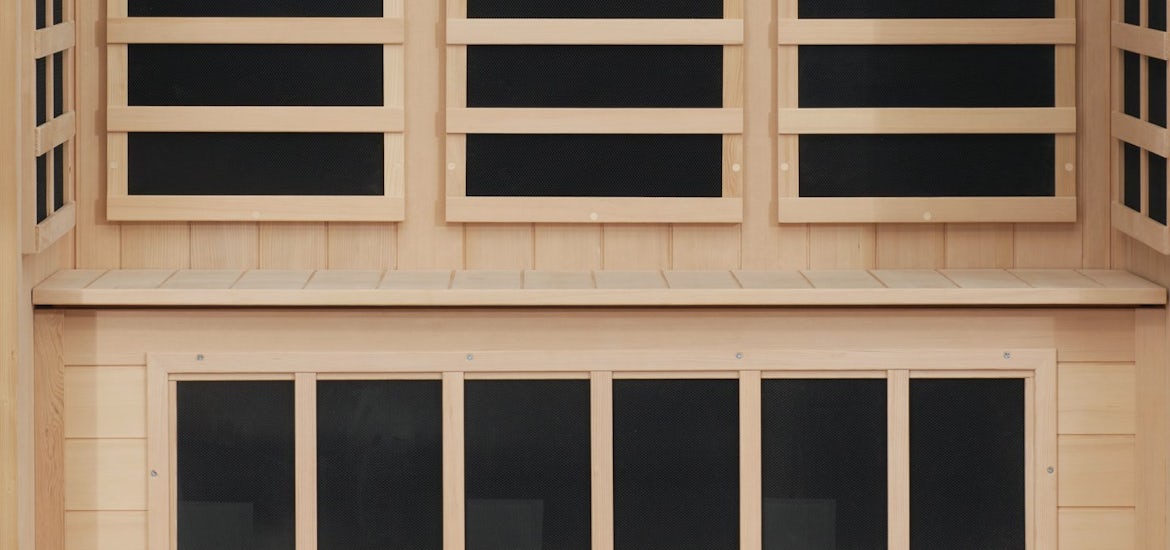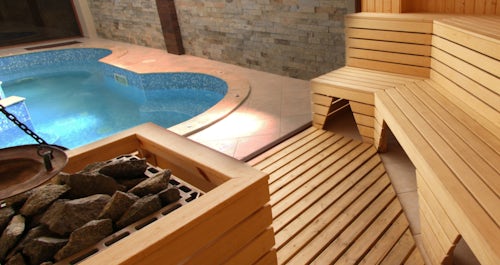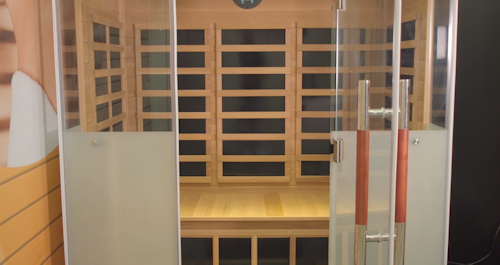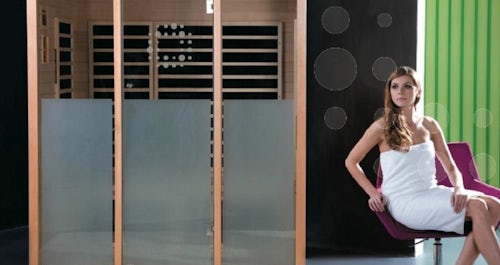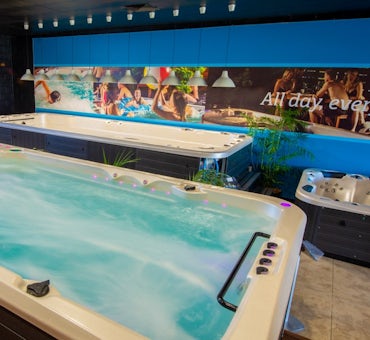If you decide to go with an infrared sauna, then the next step is deciding on the heating.
The five main considerations for infrared heating are:
- Type of infrared heat you want
- Heater material used to emit the infrared heat
- Heater safety
- Surface temperature
- Placement of the heaters in the sauna
Keep reading to learn more about what to look for in a quality infrared sauna heater.
Disclaimer: Certain health conditions are not compatible with saunas or steam rooms. As a rule, we always recommend consulting with your medical practitioner before buying a sauna.
